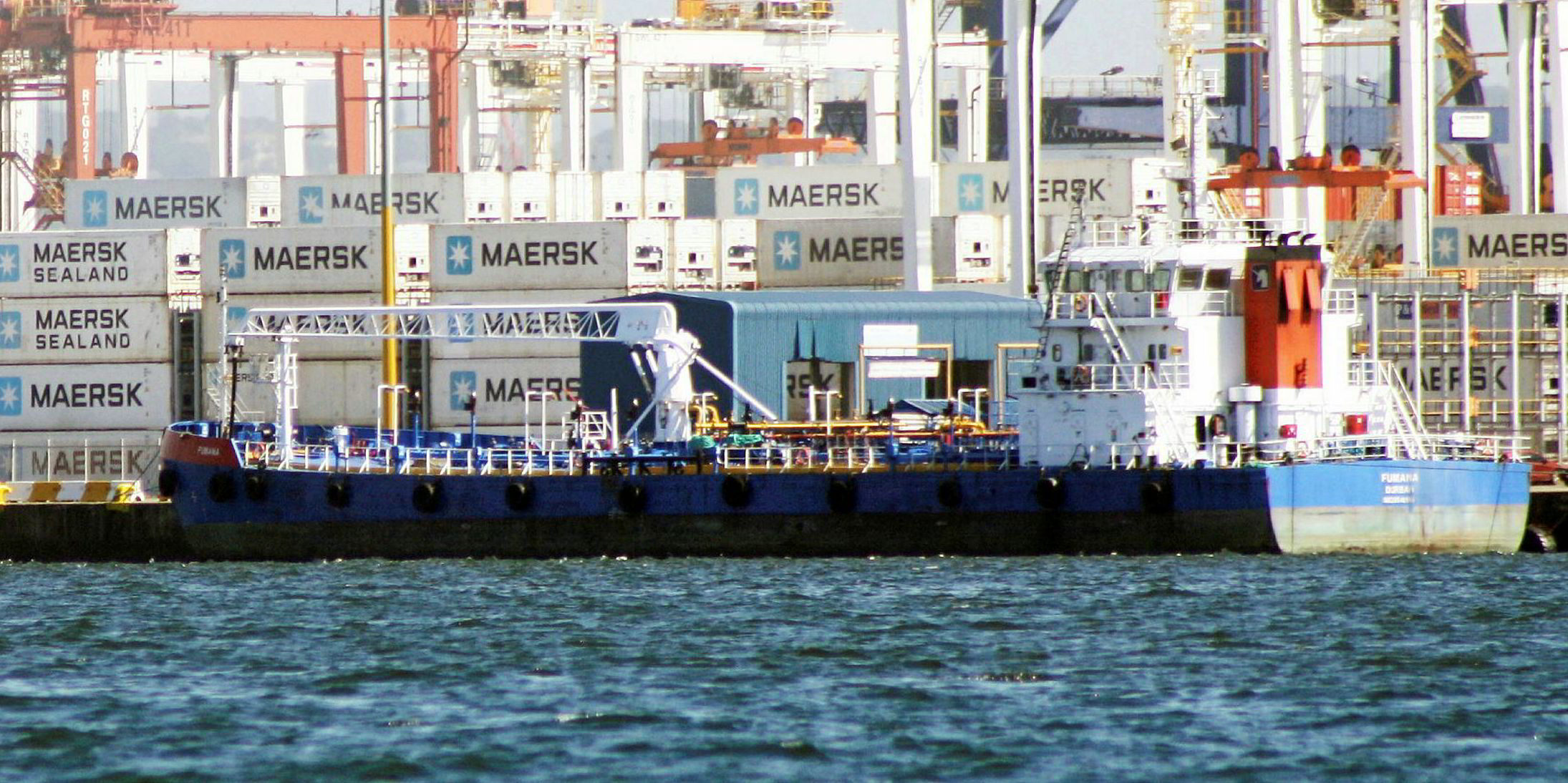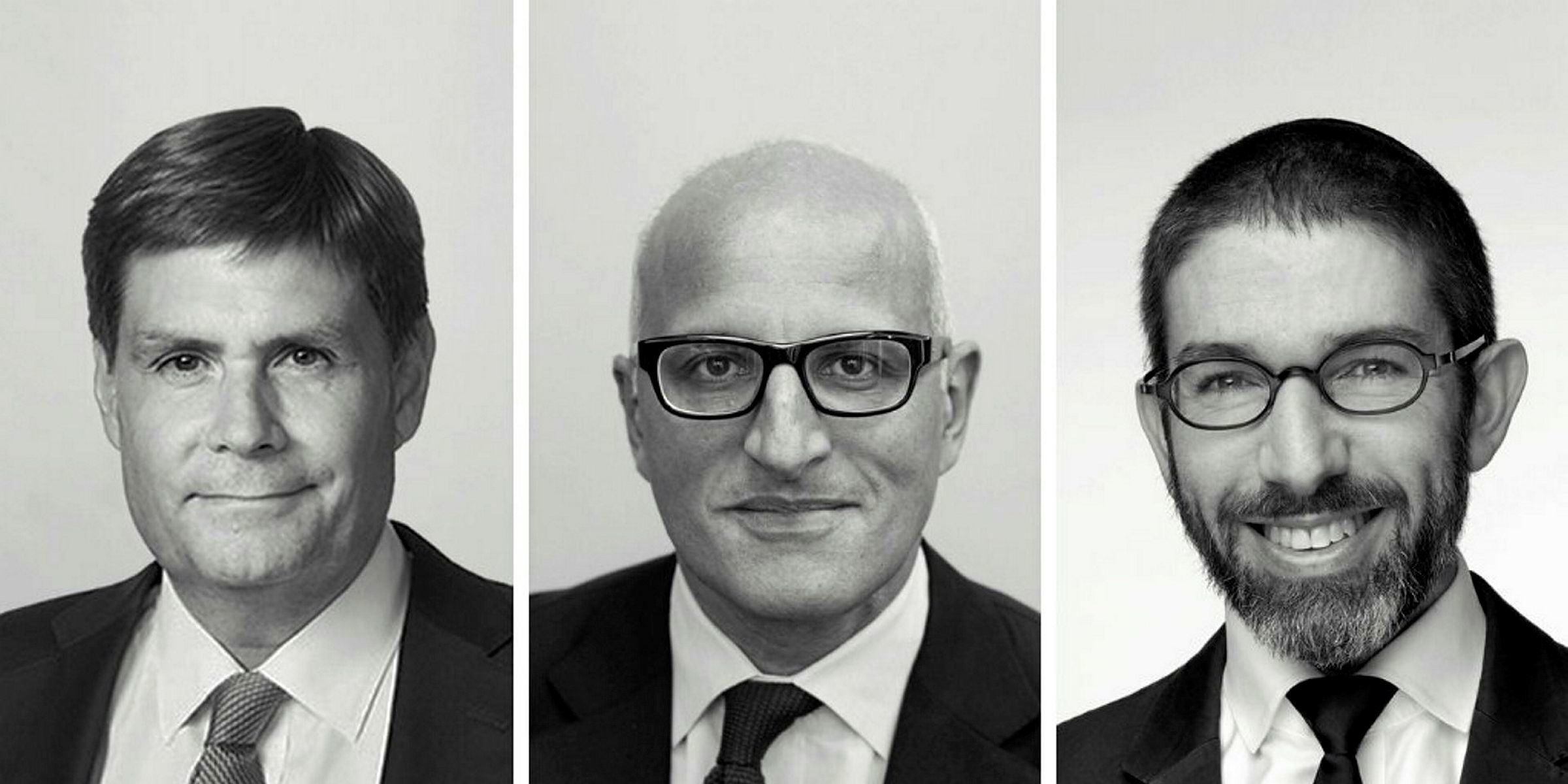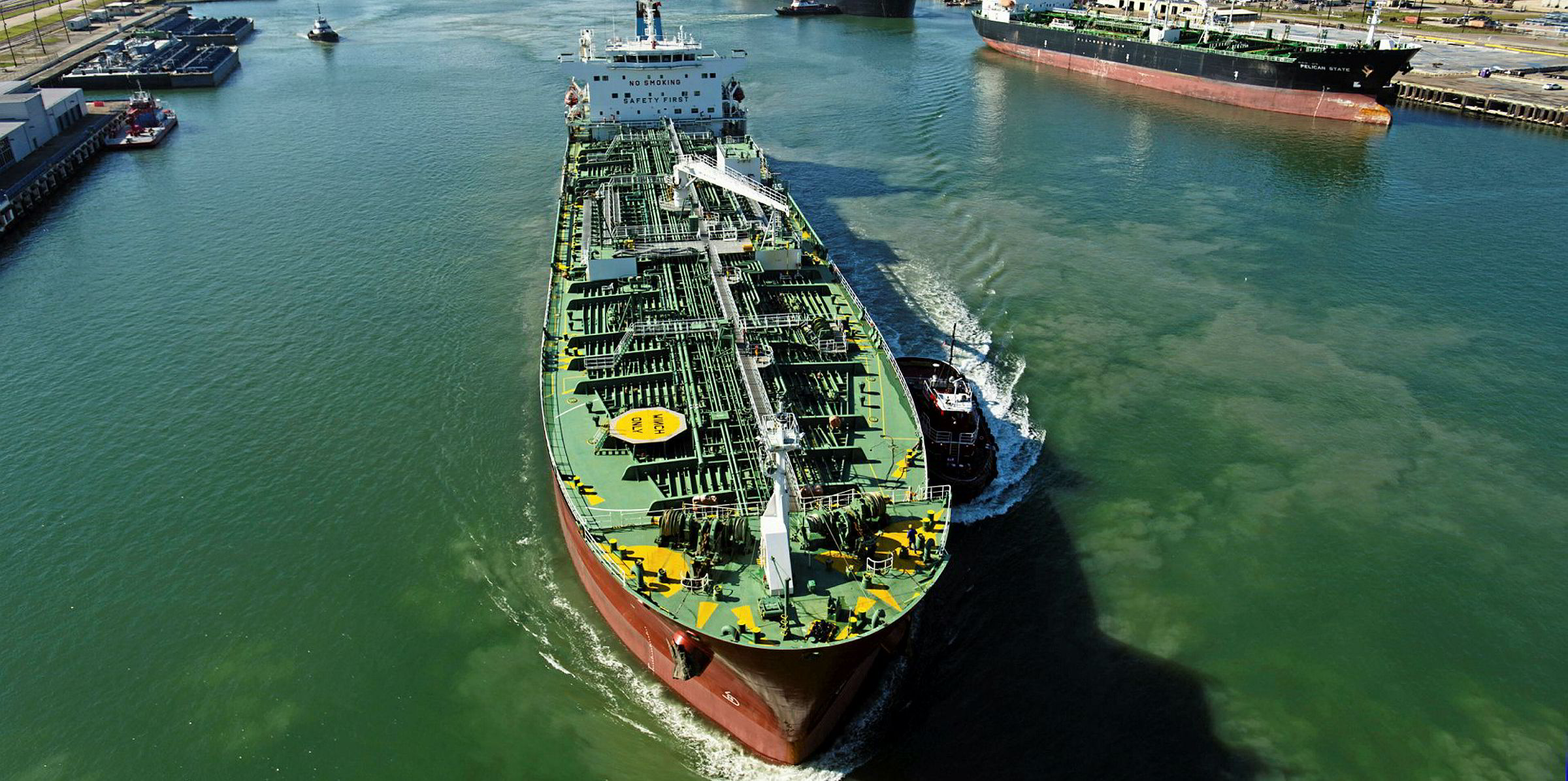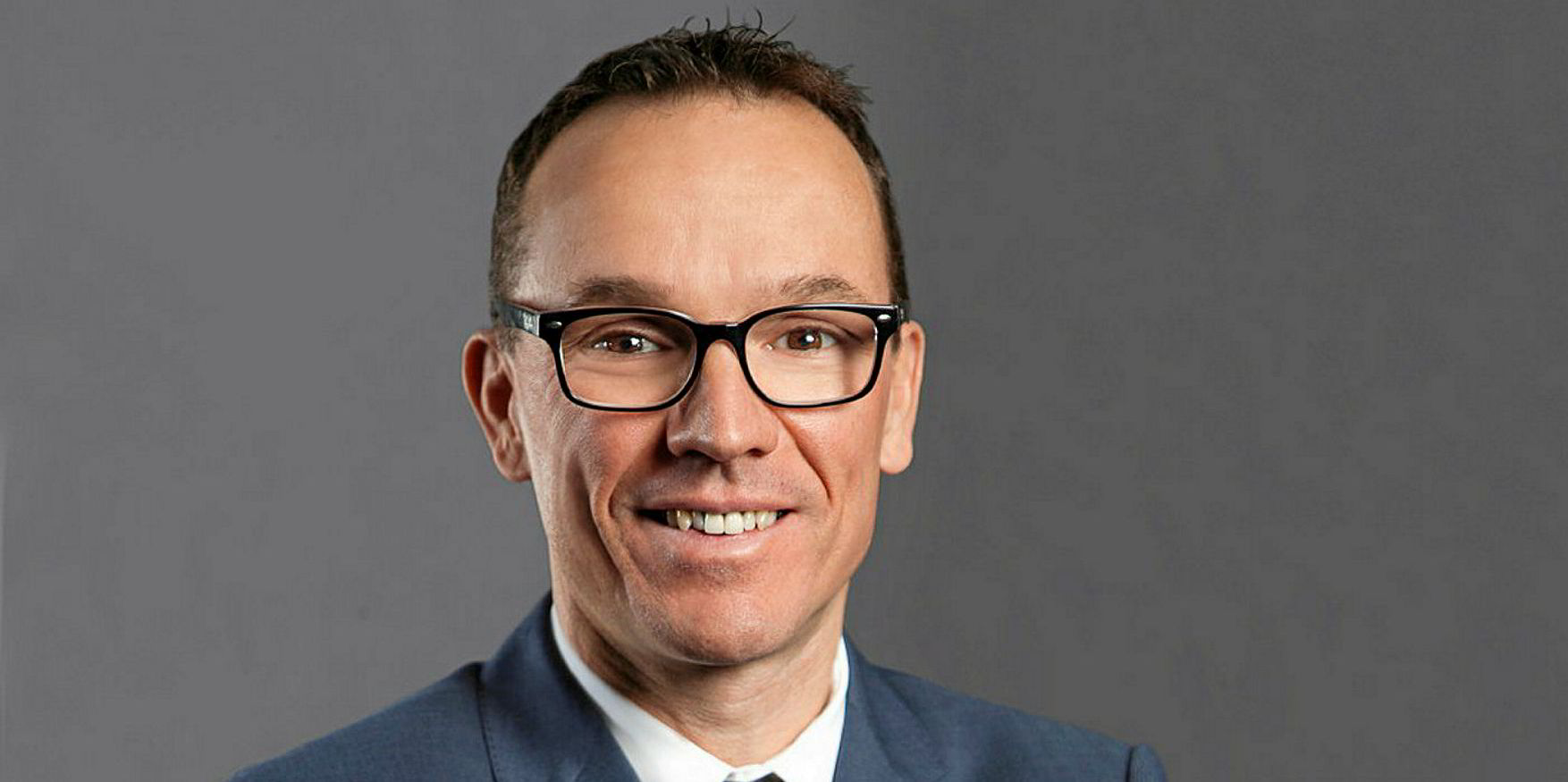A chance meeting between three shipping and energy executives led to the formation of a venture that aims to help smooth shipping’s transition to low-sulphur fuel.
Enerjen Capital wants to make hedging and financial engineering solutions available to shipowners large and small to help mitigate the shock of low-sulphur bunker price increases, which it says will arrive within the next 12 months.
The firm’s market research suggests shipowners that opt for low-sulphur fuel to comply with the upcoming global sulphur cap could face price rises of up to $400 per tonne — and fitting scrubbers before the 1 January 2020 deadline is no longer an option.
Executive line-up
Enerjen is headed by Stephen Schueler, former chief commercial officer of Maersk Line; Gus Majed, former partner at Vitol; and Jake Greenberg, Bank of America Merrill Lynch’s former global head of natural resources.
Greenberg and Schueler met fortuitously at a lunchtime meeting at Bank of America’s London office, where the 0.5% limit on the sulphur content of marine fuel was being discussed.
Schueler convinced Greenberg that the cap will be a once-in-a-generation disruptive force not only for shipping but the wider oil market — and that there was an opportunity in creating an innovative financial product to help shipowners achieve compliance.
Greenberg was able to bring in renowned oil trader Andy Hall as a director. Hall was emphatic that the team needed a hedging expert and introduced them to Majed, who co-founded Vitol’s derivatives desks in London, Geneva and Singapore.
Clock is ticking
Shipowners are running out of options to comply with the IMO’s global limit, Enerjen believes.
Its market research reveals that owners who want to retrofit vessels with scrubbers before the 2020 deadline will find themselves out of luck, because dry docks worldwide have capacity for installing exhaust gas cleaning systems on only 1,800 vessels per year, and all remaining slots for 2019 have been filled.
Suddenly, we have a perfect storm of a spike in low-sulphur demand and you don’t have the crude there, which we believe will result in a significant increase in diesel and oil prices
Gus Majed
Enerjen calculates that fewer than 4,000 of the world’s 51,000-vessel commercial fleet will have scrubbers installed by next January.
This will probably mean shipping companies’ only viable means of compliance with the cap will be to buy IMO-compliant bunkers — but that also presents challenges.
Enerjen expects a huge spike in demand for low-sulphur fuel oil in the fourth quarter as shipowners fill their vessels with compliant fuel before the deadline. However, the biggest challenges lie within oil market fundamentals.
“The real issue is a refining one. A very similar fundamental dynamic arose in 2004, when Chinese oil demand exploded from 3.7 million bpd [barrels per day] to over five million bpd,” Majed told TradeWinds.
“There just wasn’t enough upgraded refining capacity available to produce low-sulphur distillates at the time. Opec were pumping as much high-sulphur crude as possible and sweet-sour spreads exploded, as did gasoil cracks, due to the distillate deficit. There was a huge shortfall in low-sulphur crudes and the oil market spiked as the refiners scrambled to cover physical requirements.
“When we started putting [Enerjen] together, it was very evident that IMO is, in our opinion, far more disruptive because it’s a structural change.”
Enerjen’s analysis has revealed a shortfall in refining capacity that will be felt around the end of 2020 and into 2021, caused by the huge increase in demand.
“No matter what you do, there just isn’t enough high-complexity refining capacity available to satiate IMO demand as the spec change comes into effect...” Majed warned.
“The vast majority of incremental refinery capacity is coming from Asia [particularly China] and will only be supplying stable product streams towards end-2020.”
At the same time, there are only three viable sources for low-sulphur crude to meet refiners’ needs, all of which come with challenges attached. Libya and Nigeria are politically exposed, and if oil prices hover around $50 per barrel, US independent producers are likely to start easing back on production.
Getting to the punchline

“Suddenly, we have a perfect storm of a spike in low-sulphur demand and you don’t have the crude there, which we believe will result in a significant increase in diesel and oil prices,” Majed said.
This point is “the punchline”, as Greenberg puts it. Arguments about open-loop scrubbers draw column inches in the shipping press, but fuel price rises are the harsher reality.
The vast majority of the world’s commercial fleet will need to switch to IMO-compliant fuel — and it will be expensive.
Maersk Line has already said its fuel bill could rise by $2bn, thanks to a spike in prices for compliant bunkers.
Running vessels on low-sulphur fuel will expose shipping companies not only to price volatility but also to the risks attached to changes in fuel specification. Enerjen says its solutions allow shipowners to hedge against these two risks.
Only four of the world’s top 100 shipping companies are currently able to undertake bunker price hedging in-house, and most banks have shuttered their hedging activities, according to Enerjen.
What we do is we model refinery growth, refinery runs and overlay that with the fundamental shipping and scrubbing data
Gus Majed
When working with shipowning clients, Enerjen will begin by looking at the size of a company’s fleet, its routing patterns, fuel consumption and the bunkering locations used most often.
It can then calculate the hubs that expose the owner to the greatest risk of bunker price increases, use its research to model that risk and present the cost impacts of different scenarios.
Enerjen is being assisted in its research activities by oil strategist Dr Florian Thaler, who specialises in combining quantitative analytics and geospatial data with fundamental oil market analysis.
Until October, Thaler was a strategist for Ioannis Martinos’ data platform Signal Ocean. He is now chief executive of OilX, a quantitative and fundamental oil research platform.
“What we do is we model refinery growth, refinery runs and overlay that with the fundamental shipping and scrubbing data,” Majed explained.
The firm can then work with its client to help find the optimal hedging solution.
“When we start looking at the opportunities and how we can help our clients, you have to overlay the execution space — how to put these hedges on and the manner in which to do them,” Majed said.
Enerjen says it is not a hedge fund, nor does it make markets. It sits on the same side of the trade as its clients. “It became very clear to all of us that we have to be embedded with these clients and we work with them and we advise them,” Majed said.
Wide-ranging expertise
Consultancy and research form a big part of Enerjen’s offering, and it is able to draw on the wide-ranging expertise of its leadership team.
“If they need world-class scrubbing IP [intellectual property] and understanding, they call Steve up,” Majed said. “If they need ideas on financing, Jake’s there. If they need any analysis on the oil side, supply-demand balances, that’s what we do. When you pool all that together, we come up with solutions.”
IMO 2020 is just the beginning for Enerjen, which is working on “green” hedging notes for jet fuel, mining, refining and other industrial energy uses in the future.
“We’re looking at carbon credits also,” Greenberg said. “Enerjen’s broader mission is to help our clients transition to a clean-energy future.”
Shipowners that want to engage Enerjen to hedge against the rising cost of bunkers need to act fast — its IMO 2020 hedging vehicle is only open to new clients until the end of February.







